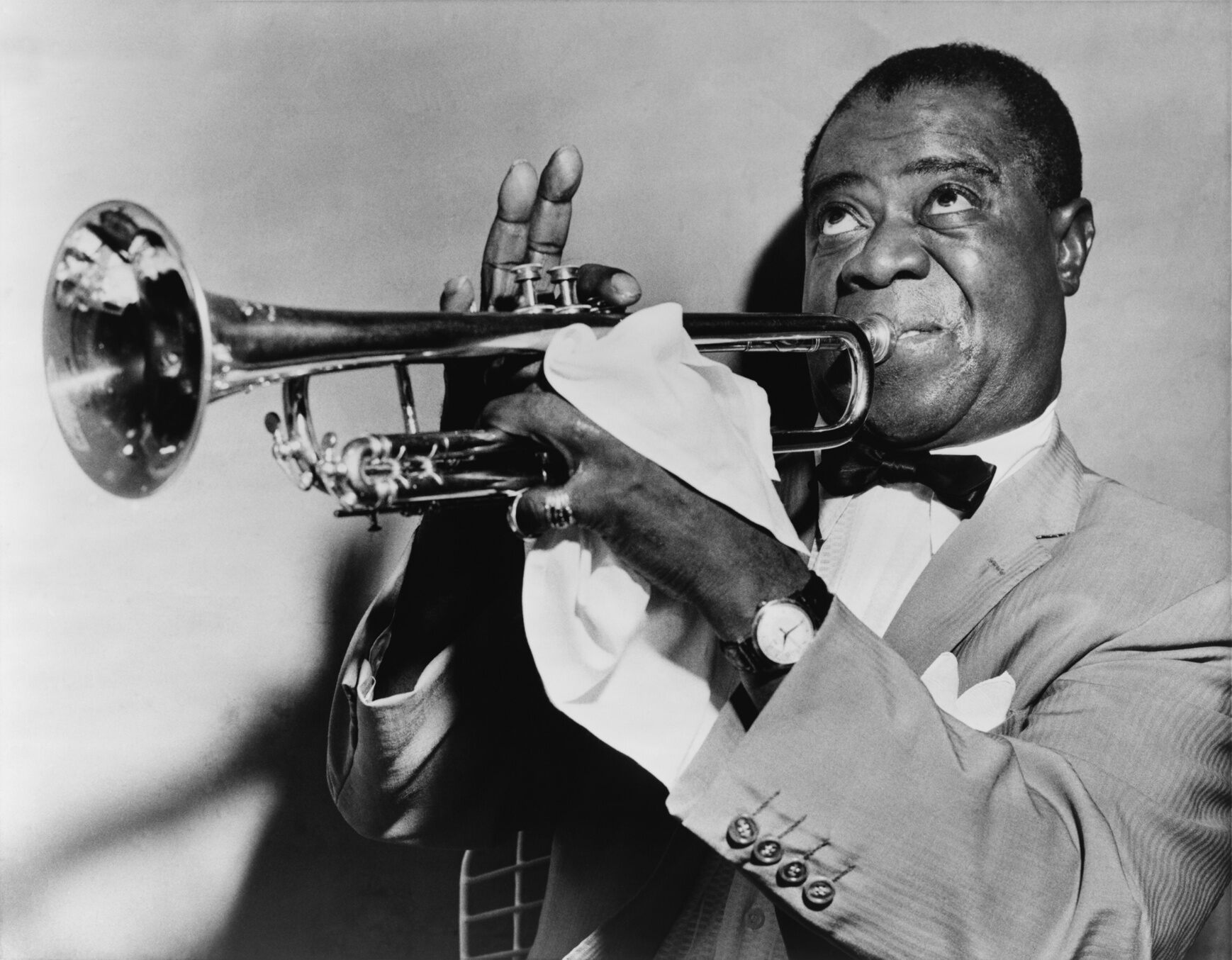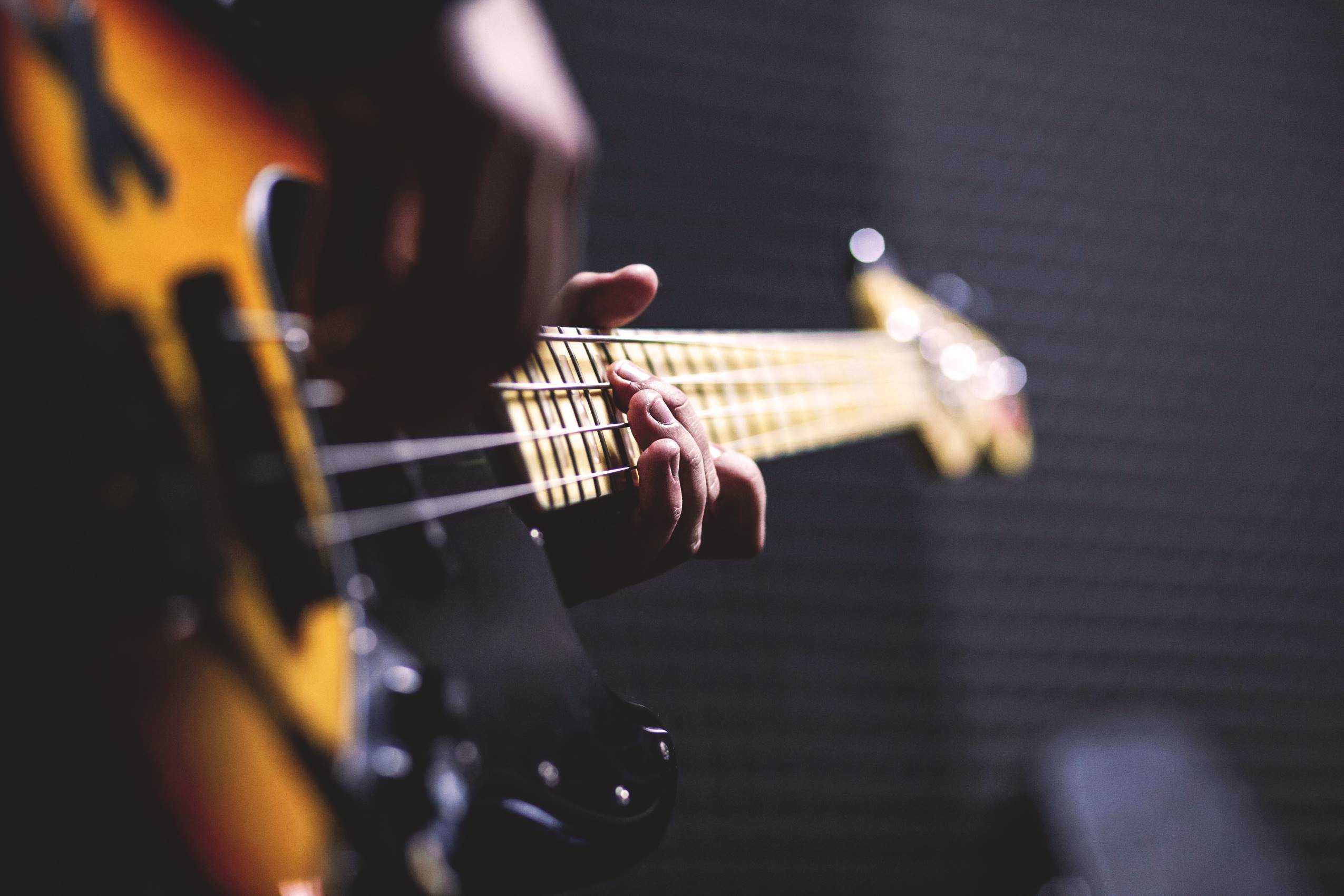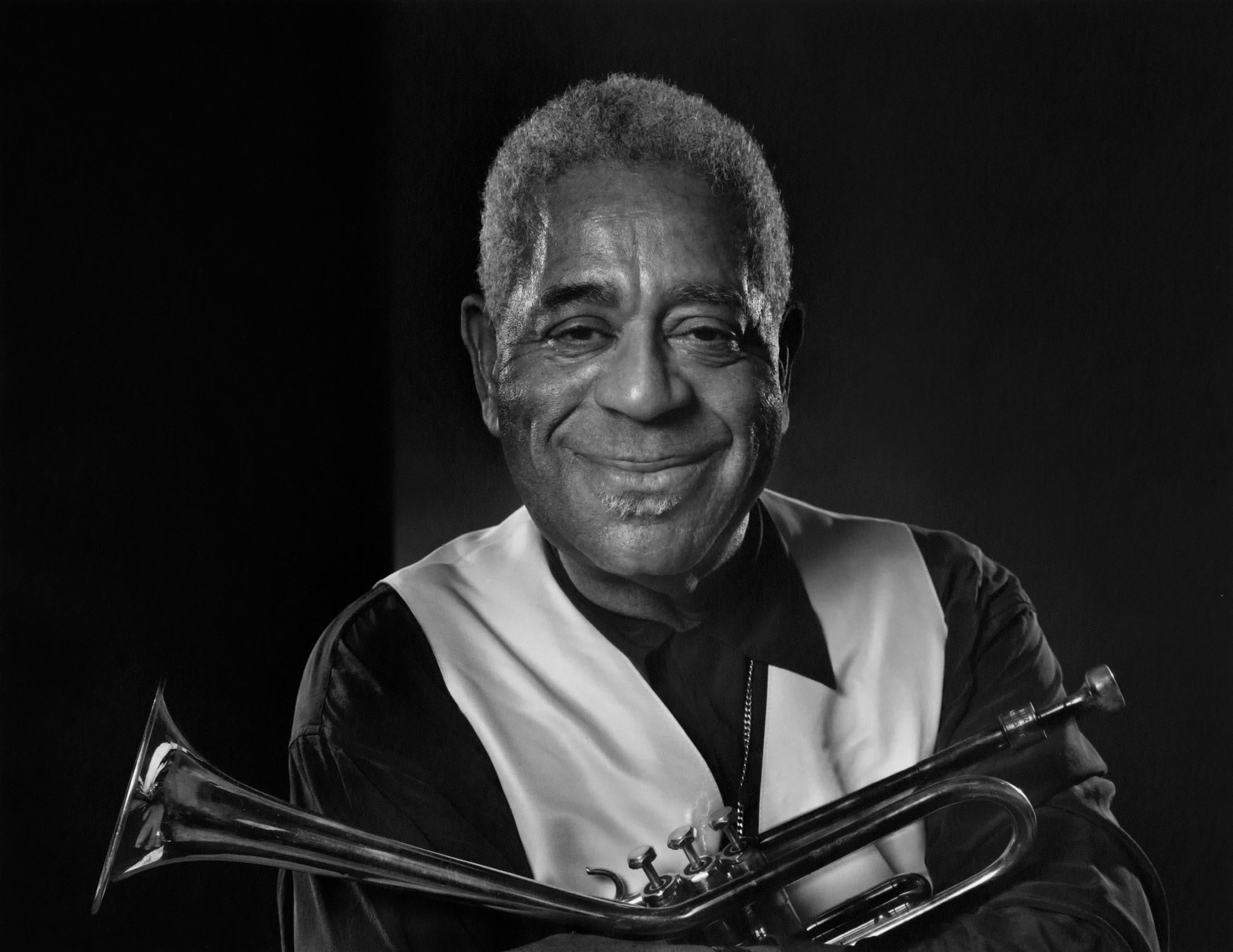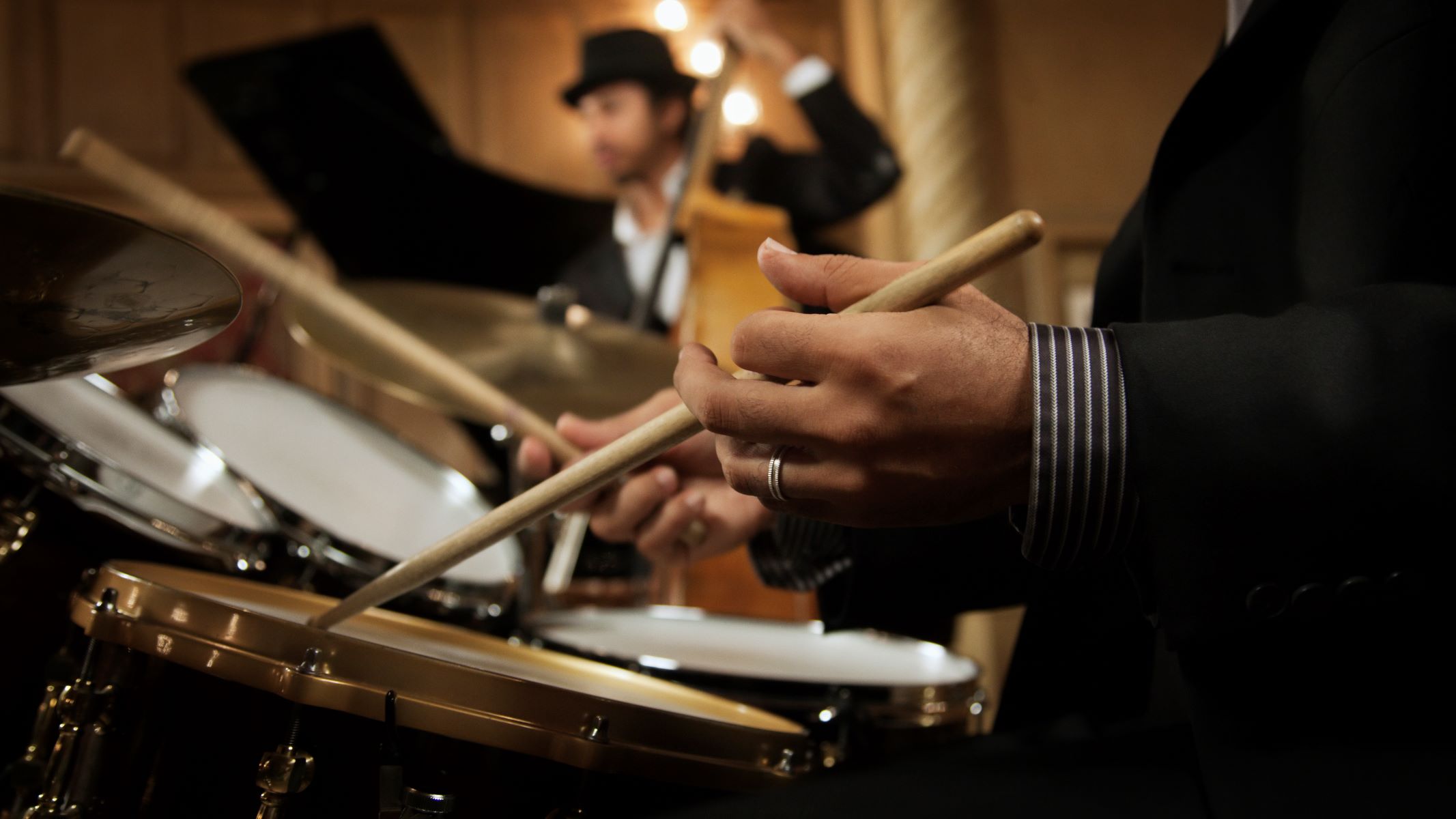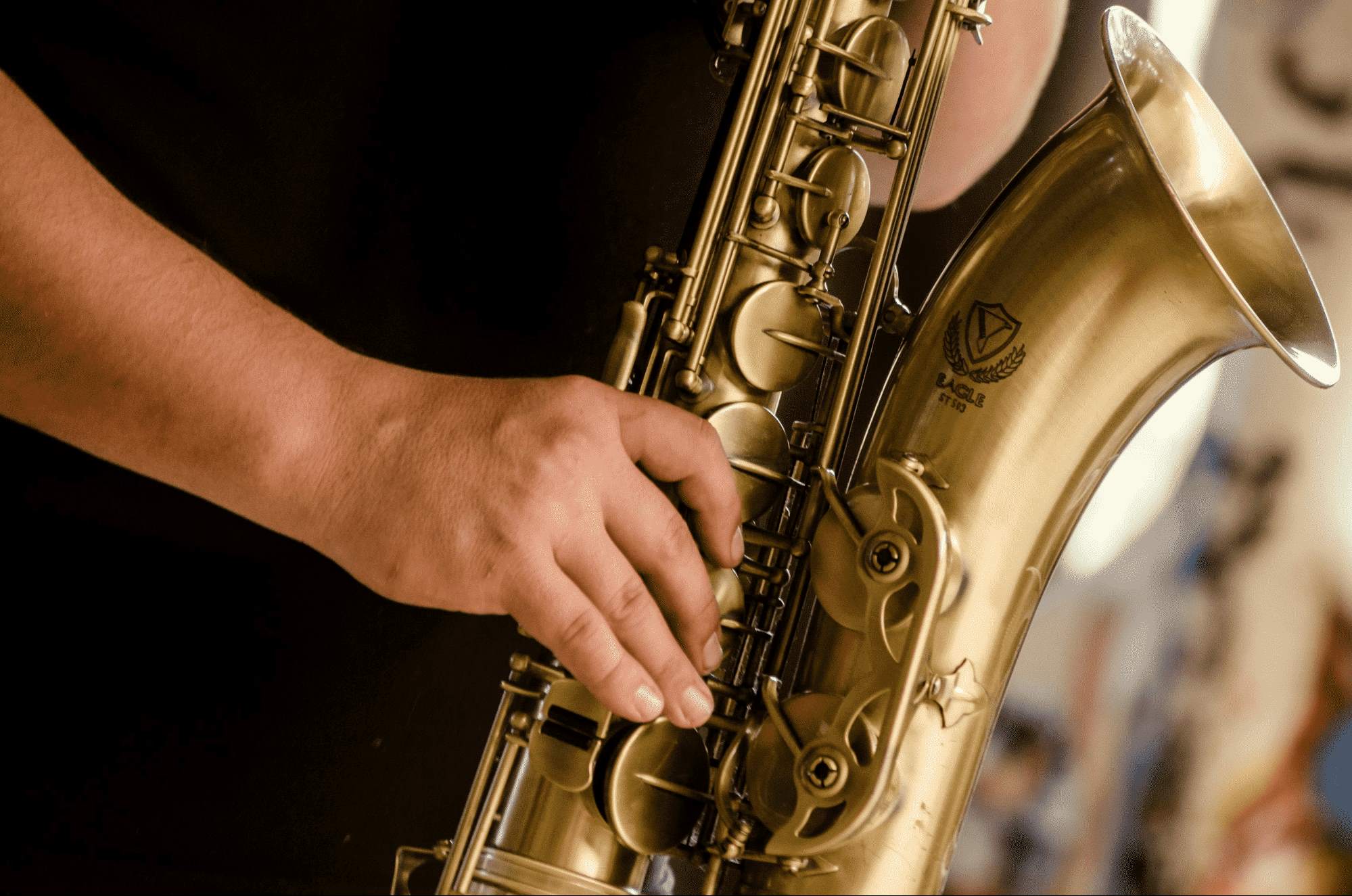

Jazz
What Instruments Are Played In Jazz
Modified: February 15, 2024
Discover the captivating world of jazz with its mesmerizing ensemble of musical instruments. From the soulful melodies of saxophones to the rhythmic beats of drums, explore the rich sounds that define the genre.
(Many of the links in this article redirect to a specific reviewed product. Your purchase of these products through affiliate links helps to generate commission for AudioLover.com, at no extra cost. Learn more)
Table of Contents
Introduction
Jazz music is a genre that has captivated audiences for decades with its improvisation, soulful melodies, and rhythmic complexity. At the heart of this musical style are the instruments that bring it to life. From the swinging sounds of the brass instruments to the soul-stirring melodies of the woodwinds, jazz is a genre that showcases the prowess of a wide array of instruments.
In this article, we will explore the traditional instruments that are commonly played in jazz. From the brass section to the piano and keyboard instruments, from the strings to the percussion, each instrument contributes its unique voice and flavor to the world of jazz.
Whether you’re a jazz enthusiast or someone new to the genre, understanding the instruments played in jazz can deepen your appreciation and enjoyment of this music. So let’s dive into the world of jazz and discover the diverse range of instruments that make it the mesmerizing and vibrant genre that it is.
The Traditional Jazz Instruments
When we think of jazz, certain instruments immediately come to mind. These are the traditional jazz instruments that have been the backbone of the genre since its inception. Let’s take a closer look at each of them:
- Brass Instruments
- Woodwind Instruments
- Piano and Keyboard Instruments
- String Instruments
- Percussion Instruments
- Guitar
Each of these instrument families plays a vital role in jazz music, whether they provide the melody, harmony, rhythm, or improvisation. Let’s delve deeper into each category to understand their significance in the world of jazz.
Brass Instruments: The brass section is a cornerstone of jazz ensembles. Trumpets, trombones, and saxophones (which is technically a woodwind but shares similarities with brass) create the powerful and dynamic sound that is emblematic of jazz. They add brilliance, warmth, and a sense of excitement to the music, often taking center stage for solos and improvisations.
Woodwind Instruments: Woodwind instruments, such as the saxophone, clarinet, and flute, bring lyrical and expressive qualities to jazz music. They can be both melodic and improvisational in nature, with their rich sound often adding a touch of soulfulness to jazz compositions.
Piano and Keyboard Instruments: The piano, along with keyboard instruments like the organ and electric piano, play a crucial role in providing harmony, rhythm, and melodic support in jazz. The piano’s versatility allows it to excel in accompanying other instruments or taking the lead as a solo instrument.
String Instruments: While not as prevalent as brass or woodwind instruments in jazz, string instruments like the double bass and guitar add depth and texture to jazz compositions. The double bass provides the rhythmic foundation and supports the harmony, while the guitar can be used for both accompaniment and soloing.
Percussion Instruments: Jazz wouldn’t be complete without percussion instruments, which include the drums, cymbals, and other auxiliary instruments like the tambourine. The drummer sets the rhythm and groove, creating the heartbeat of the music. Percussion instruments add variety and accents, enhancing the overall dynamics of the jazz composition.
Guitar: Although mentioned above in the string instruments category, the guitar deserves special attention in jazz due to its versatility. It can serve as a chordal accompaniment, play melodic lines, or even take blazing solos. Its unique sound and expressive capabilities make it an integral part of jazz ensembles.
These traditional jazz instruments form the foundation of the genre, creating a rich tapestry of sound that captures the essence of jazz. Understanding their roles and characteristics can deepen our appreciation for jazz music and the incredible musicians who bring it to life.
The Brass Instruments
When it comes to jazz, the brass instruments take center stage, adding power, brilliance, and a distinctive sound to the music. Let’s explore the brass section in more detail:
Trumpet: The trumpet is arguably the most iconic instrument in jazz. Its bright and piercing sound cuts through the ensemble, commanding attention and delivering melodic lines with flair. From the legendary solos of Louis Armstrong to the virtuosic playing of Miles Davis, the trumpet has played a crucial role in shaping the sound of jazz.
Trombone: The trombone, with its sliding mechanism and rich, warm tone, adds a unique flavor to jazz music. Its versatility allows trombonists to play soulful melodies, provide smooth harmonies, and even unleash powerful solos. The trombone often takes on an improvisational role, exploring different tonal colors and expressive techniques.
Saxophone: Although technically a woodwind instrument, the saxophone shares many characteristics with brass instruments, including its use of a single reed mouthpiece and its role in jazz music. The saxophone family includes various members, such as the soprano, alto, tenor, and baritone saxophones. Each saxophone has its distinct sound and range, contributing to the versatility and richness of jazz compositions.
The brass instruments in jazz are known for their ability to play expressive melodies, intricate improvisations, and powerful solos. They bring a dynamic energy and captivating sound that has become synonymous with the genre. Whether it’s the soaring trumpet lines, the soulful trombone melodies, or the evocative saxophone solos, the brass section is essential to the vibrant and exhilarating experience of jazz music.
The Woodwind Instruments
In jazz music, the woodwind instruments play a vital role in creating a melodic and expressive sound. Let’s explore the woodwind section, including some of the most commonly played instruments in jazz:
Saxophone: The saxophone is undoubtedly one of the most prominent woodwind instruments in jazz. Its versatility and range allow for a wide variety of sounds and styles. From the piercing and energetic sound of the alto saxophone to the smooth and mellow tones of the tenor and soprano saxophones, the saxophone adds soulfulness and expressiveness to jazz compositions.
Clarinet: The clarinet is another woodwind instrument frequently heard in jazz. Known for its distinctive timbre and agility, the clarinet can navigate complex melodic lines and create soulful and swinging solos. It often takes on a prominent role in Dixieland and traditional jazz styles, bringing a playful and lively character to the music.
Flute: While not as commonly associated with jazz as the saxophone or clarinet, the flute brings a touch of elegance and lightness to the genre. Its delicate and airy sound can add texture and melodic grace to jazz compositions. Flute players in jazz often display a remarkable ability to improvise and create intricate and fluid lines.
Woodwind instruments in jazz are known for their ability to convey emotion, from the mournful cries of the saxophone to the playful trills of the clarinet. They provide a lyrical quality to jazz music, adding depth and nuance to the overall sound. Whether it’s the passionate and soulful solos or the vibrant and intricate ensemble playing, the woodwind section plays a crucial role in shaping the unique sound of jazz.
The Piano and Keyboard Instruments
In the world of jazz music, the piano and keyboard instruments hold a prominent position. Their versatile nature and ability to provide harmony, rhythm, and melodic support make them indispensable in jazz ensembles. Let’s explore the role of piano and keyboard instruments in jazz:
Piano: The piano is often referred to as the “king of instruments” in jazz. Its range, expressive capabilities, and ability to play multiple notes simultaneously make it a powerhouse in jazz compositions. Pianists excel in providing harmonic foundation through chords and voicings, creating rich textures and supporting the ensemble. They also shine during solos, where they exhibit their technical abilities and improvisational prowess.
Electric Piano: The electric piano, often used in various jazz styles, adds a unique timbre and character to the music. Whether it’s the warm and soulful sound of the Fender Rhodes or the funky and vibrant tones of the Wurlitzer, electric pianos bring a different flavor to jazz compositions. They are particularly prevalent in jazz-fusion genres, where their electric and dynamic sound creates a fusion of jazz and contemporary elements.
Organ: The Hammond organ is a staple in jazz, especially in the genres of soul jazz and jazz-funk. Its distinct sound, created through mechanically generated tonewheels, adds a soulful and earthy element to jazz compositions. Organists possess a unique ability to create grooves, play basslines, and provide both harmonic and melodic accompaniment, all while using the instrument’s drawbars and pedals.
Piano and keyboard instruments in jazz offer a foundation for other musicians to build upon. They provide harmonic and melodic support, set the rhythm, and create the overall musical structure. Whether it’s the lush and intricate chords, the rhythmic comping, or the dazzling improvisations, pianists and keyboardists bring depth, complexity, and immense creativity to the world of jazz.
The String Instruments
In jazz music, string instruments may not be as prominent as brass or woodwind instruments, but they still play a valuable role in enriching the sound and texture of the genre. Let’s explore the string instruments commonly heard in jazz:
Double Bass: The double bass, or upright bass, is the largest and lowest-pitched instrument in the string family. It serves as the backbone of the rhythm section in jazz, providing a solid and resonant foundation. The deep, warm tones of the double bass create a rich and full sound, supporting the harmony and driving the rhythm of the music.
Guitar: The guitar is a versatile instrument that can take on various roles in jazz. In the rhythm section, the guitar often provides chordal accompaniment, comping, and creating rhythmic patterns. It can also take on a lead role, playing melodic lines, and even showcasing virtuosic solos. The guitar’s unique sound adds a distinct character to jazz compositions, whether it’s the warm tones of an acoustic guitar or the vibrant tones of an electric guitar.
String instruments in jazz bring a melodic and rhythmic element to the music, whether it’s the solid pulse of the double bass or the versatile and expressive capabilities of the guitar. They add depth and texture to jazz compositions, enhancing the overall ensemble sound and offering opportunities for improvisation and creative exploration.
The Percussion Instruments
When it comes to providing rhythm, groove, and texture in jazz music, percussion instruments play a vital role. Let’s explore the various percussion instruments commonly found in jazz:
Drums: The drums are the heartbeat of jazz music, giving it its infectious rhythm and driving energy. Jazz drummers exhibit exceptional control and creativity, utilizing various techniques on drums, cymbals, and other percussion elements. They create intricate patterns, syncopations, and fills that propel the music forward and provide a foundation for the other musicians to build upon.
Cymbals: Cymbals are essential components of the drum set and add shimmer and texture to jazz compositions. From delicate splashes to thunderous crashes, cymbals provide accents, dynamics, and color to the music. The skillful use of cymbals adds another layer of expression and excitement to jazz performances.
Tambourine: The tambourine, a handheld percussive instrument, is often used in jazz to add a jazzy and rhythmic shimmer to the music. Its jingling sound complements the grooves and adds a percussive layer to the overall ensemble sound. Jazz percussionists skillfully incorporate the tambourine to enhance the dynamic and rhythmic elements of the music.
Other Auxiliary Percussion: Jazz percussionists often incorporate a wide range of auxiliary instruments to augment the rhythmic palette. These can include items such as shakers, cowbells, woodblocks, and more. These additional percussion instruments contribute to the overall texture, groove, and creative possibilities in jazz compositions, allowing percussionists to add their unique flair and improvisational creativity.
Percussion instruments in jazz add depth, groove, and excitement to the music. The drums set the pulse, cymbals add color, and auxiliary percussion instruments contribute to the rhythmic and sonic tapestry. The skillful manipulation of these instruments by jazz percussionists creates an irresistible and infectious rhythm that propels the music forward and engages listeners.
The Guitar
In the world of jazz, the guitar is a versatile and beloved instrument that brings its unique flavor to the genre. Whether playing rhythm, comping, or taking an electrifying solo, the guitar has a significant presence in jazz music. Let’s explore the role of the guitar in jazz:
As a rhythm instrument, the guitar creates a solid foundation for the ensemble. Its comping, or accompanying, provides harmonic support by playing chords and rhythmic patterns. Guitarists use various techniques such as strumming, fingerpicking, or hybrid picking to create a unique rhythmic groove that drives the music forward.
When it comes to taking a solo, the guitar shines as a melodic instrument. Jazz guitarists have a remarkable ability to improvise and create intricate, melodic lines that weave through the harmonies of a composition. Their improvisations often showcase their technical skills, harmonic knowledge, and personal style, capturing the essence of jazz improvisation.
Electric guitars, with their distinct sound and tonal versatility, have played a significant role in genres like jazz fusion. They can add a modern edge to jazz compositions, incorporating elements of rock, funk, or blues. Guitarists who embrace the electric guitar explore a vast range of effects and techniques, using them to shape their individual sound and bring a contemporary twist to the jazz genre.
Whether it’s the smooth and lyrical phrasing of Joe Pass, the innovative approach of Pat Metheny, or the dynamic and energetic playing of Django Reinhardt, jazz guitarists have left an indelible mark on the genre. Their ability to create melodic beauty, rhythmic precision, and improvisational brilliance on the guitar makes them an integral part of the jazz ensemble.
The guitar in jazz is a vehicle for expression, bringing a melodic, rhythmic, and harmonic dimension to the music. Its versatility and adaptability allow it to seamlessly merge with other instruments, creating a cohesive and captivating sound in jazz compositions. From rhythm to lead, the guitar adds its distinctive voice, enhancing the diversity and richness of the jazz landscape.
Conclusion
Jazz music is a genre that thrives on improvisation, creativity, and the unique voices of its instruments. Throughout this article, we have explored the traditional instruments that have become synonymous with jazz. From the brass instruments, with their powerful and captivating sound, to the woodwinds that bring soulfulness and expression, each instrument family plays a vital role in shaping the jazz sound.
The piano and keyboard instruments provide the harmonic foundation, rhythmic drive, and melodic support that are essential in jazz compositions. The string instruments add depth and texture, while the percussion instruments create irresistible rhythms and grooves. And of course, the guitar, with its versatility and ability to take on various roles, adds its distinct flavor to jazz music.
Understanding the instruments played in jazz not only enhances our appreciation of the genre but also allows us to recognize the incredible talent and skill of jazz musicians. From the swinging melodies and intricate harmonies to the powerful solos and improvisations, each instrument contributes to the vibrant and mesmerizing world of jazz.
So, whether you find yourself captivated by the brassy tones of a trumpet, carried away by the soulful melodies of a woodwind, or moved by the harmonic brilliance of a piano, take a moment to appreciate the intricate dance between the instruments that make jazz music come alive. Celebrate the versatility, creativity, and passion that flow through each note, and let the spirit of jazz transport you to a world of boundless musical possibilities.


